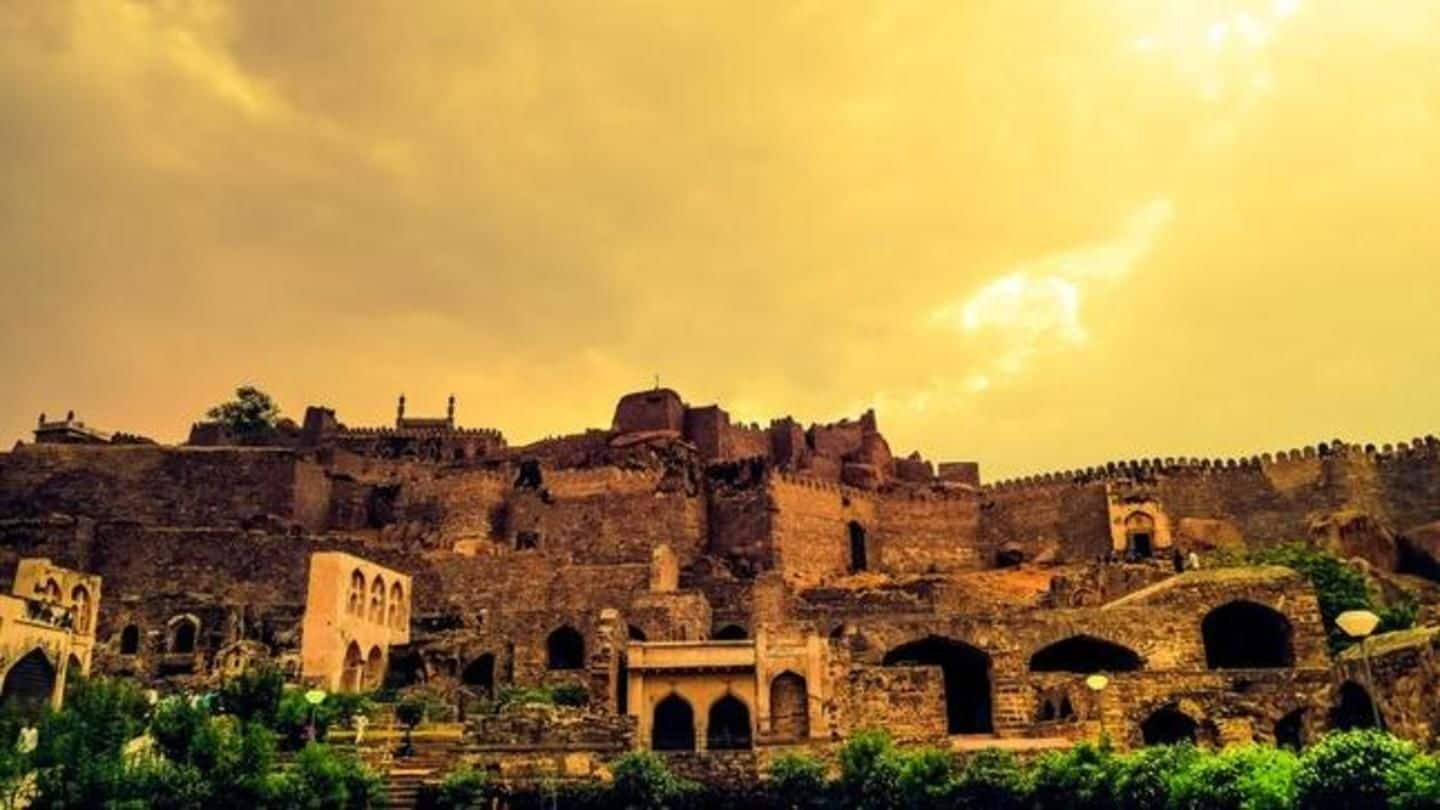
Get over it, 'Adopt a heritage' scheme actually makes sense
What's the story
Government's 'Adopt a Heritage' (AaH) project stirred the Internet after Dalmia group signed an MoU to adopt the Red Fort. In mere seven months, 33 agencies have shown interest in becoming a 'Monument Mitra' for 98 monuments. The ongoing controversy is superbly misplaced and is making an unnecessary political furore in projecting the move as anti-India. Let's discuss why India actually needs this scheme.
Not that great
State of Indian heritage sites
In a country where culture is fast losing value, heritage sites are a welcome change. However, a mere UNESCO tag is not enough. The cost of preserving these sites is humongous and private companies' CSR activities can certainly help them. As a matter of fact, according to the CAG, the World Heritage sites haven't been properly maintained by its guardian, the Archaeological Survey of India, in all these years.
Quote
Desperate times
"The World Heritage Sites did not receive appropriate care and protection. There were numerous cases of encroachment and unauthorized construction in and around these sites. The comprehensive assessment of preservation works that were required had never been carried out," a CAG report said.
Concerns
But, what concerns the Left libertarian?
Many are worried that the move will allow privatization of these monuments. However, it needs to be pointed out that the government is not selling the monuments, it is only "handing over" their adoption. Another concern is that the ticket costs will rise, but it can't happen without the respective ministry's approval. Finally, the Red Fort will become Dalmia Red Fort. Now that's a joke for your WhatsApp groups.
Free branding
Reality check: How 'Adopt a Heritage' can actually help?
The inclination for Monument Mitra is the free advertisement that adoption offers. So if they were to not do a good job, it will automatically affect their brand value. Moreover, the ASI that administers over 3,000 monuments lacks cash and is extremely overworked. Private players can jump in, they are anyway obliged to do public service under CSR and AaH fits the bill.
Information
UNESCO itself is working with private players for heritage preservation
Private players like Panasonic, Google, Kaercher, etc. are themselves World Heritage partners with the UNESCO. We also have an incredible example of the newly restored Humayun's Tomb that boasts 20,000 saplings and breathtaking green space, done entirely by the Aga Khan Foundation.
Whose responsibility?
There's a big BUT - The Indemnity clause
What if the monument incurs a significant damage, will the Monument 'Mitra' be held responsible? Firstly, Dalmia Group's MoU with the government includes an 'indemnity clause' that will protect them in case of any damage to the ancient structures. Secondly, the official circular of AaH appropriates no penalty, and says that the "fourth party" will be held "harmless" against any loss, costs and expenses.
Do you know?
Atal Bihari Vajpayee's vision
It was Atal Bihari Vajpayee who envisaged the involvement of corporates in running the national monuments. In fact, Ratan Tata and Ananth Kumar (then Minister for Culture) exchanged an MoU in 2001 to allow the group to preserve the symbol of love.